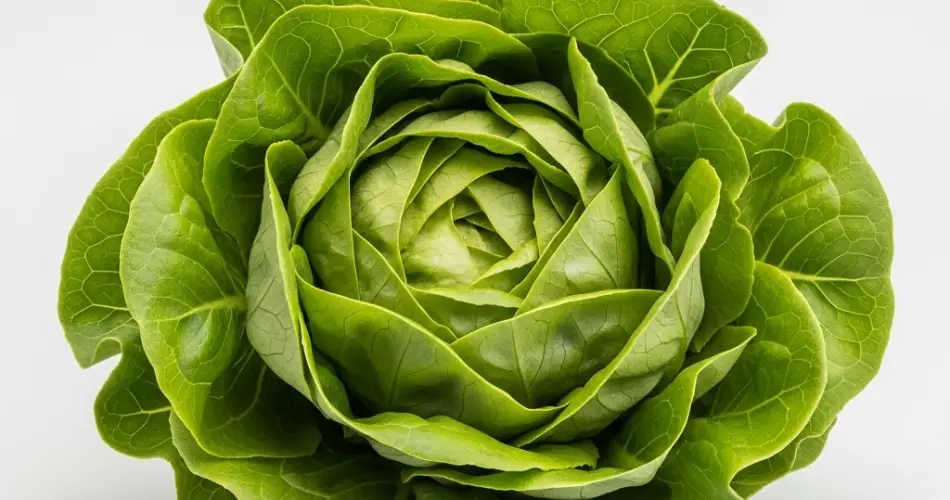Lettuce is one of the easiest and most rewarding vegetables to grow in containers, especially for urban dwellers with limited space. With just a simple crate and some basic gardening supplies, you can create a year-round supply of crisp, homegrown greens right on your balcony.
This method of growing lettuce in crates isn’t just efficient—it’s also lightweight, portable, and perfect for renters or those with small patios. Whether you prefer loose-leaf varieties, romaine, or butterhead types, you can enjoy your favorite greens without needing a garden bed.
Why Grow Lettuce in Crates?
Plastic or wooden crates make ideal containers for lettuce. They’re inexpensive, easy to find, and have built-in ventilation that prevents waterlogging. When lined properly, they hold soil effectively and drain well, helping you avoid root rot—a common issue in small-space gardens.
Crates are also stackable or movable, allowing flexibility with sunlight exposure. You can even rotate them to chase the sun or shelter the plants from extreme weather.
What You’ll Need
To grow lettuce in crates, gather the following materials:
-
A shallow plastic or wooden crate (preferably 6–8 inches deep)
-
Coco liner, burlap, or landscape fabric to line the crate
-
Quality potting mix enriched with compost
-
Lettuce seeds or seedlings (choose compact varieties for small spaces)
-
A spray bottle or watering can
-
A sunny balcony, patio, or windowsill (4–6 hours of sunlight per day)
Optional: A small shade cloth or netting for hot climates.
Preparing Your Crate Planter
-
Line the Crate
To keep soil from falling out, line the inside of the crate with a coco liner, landscape fabric, or burlap sack. Make sure it’s secure along the edges. -
Fill with Potting Mix
Add a lightweight potting mix rich in organic matter. Lettuce prefers loose, fertile soil with good drainage. -
Moisten the Soil
Before planting, water the soil until evenly moist but not soggy.
Planting Your Lettuce
-
From Seeds
Sprinkle lettuce seeds evenly across the surface. Lightly press them into the soil or cover with a thin layer (about 1/8 inch). Mist gently with water to settle the seeds. -
From Seedlings
If using nursery-grown seedlings, space them about 4–6 inches apart. Dig small holes, insert the root balls, and firm the soil gently around them.
Lettuce germinates quickly—usually within 7 to 10 days—and is typically ready to harvest in about 30–45 days, depending on the variety.
Sunlight and Watering Needs
Lettuce prefers cool weather and partial sun. In hot climates, morning sun with afternoon shade works best. Use a lightweight shade cloth during heatwaves to prevent bolting (when lettuce turns bitter and goes to seed).
Water regularly to keep the soil consistently moist. Lettuce roots are shallow, so frequent, light watering is better than deep soaking. Avoid overhead watering to minimize fungal issues—watering the base is ideal.
Feeding and Maintenance
Fertilize with diluted liquid compost or organic fertilizer every two weeks to keep growth vigorous and leaves tender. Avoid overfeeding, which can make leaves taste bitter.
Thin crowded seedlings by snipping weaker ones at the base. This allows the remaining plants to grow fuller and healthier.
Keep an eye out for slugs or aphids. You can deter them with neem oil spray or by placing crushed eggshells or copper tape around the crate’s base.
Harvesting Lettuce from Crates
You can harvest lettuce in two ways:
-
Cut-and-Come-Again
Snip outer leaves when they reach 4–6 inches tall, leaving the central core to continue growing. This method gives you multiple harvests from each plant. -
Full Head Harvest
Wait until the head matures and cut the plant at the base. You can then replant the crate for a fresh crop.
Stagger your planting every 2–3 weeks to maintain a continuous supply of fresh lettuce throughout the season.
Growing Year-Round
Lettuce can grow year-round in many climates if you adjust the conditions:
-
Cool Climates: Use clear plastic covers or mini greenhouses to extend the growing season into fall and winter.
-
Hot Climates: Stick to heat-tolerant lettuce varieties and provide afternoon shade during summer.
If you live in an area with extreme winters, bring the crate indoors near a bright window or under a grow light to continue your harvest.
Final Tips
-
Rotate your crate every few days to ensure even sun exposure.
-
Don’t overcrowd—lettuce needs airflow to prevent disease.
-
Clean the crate and replace the soil every few months to prevent nutrient depletion and buildup of pests.
With a bit of care and planning, a simple crate can become your personal lettuce patch, providing fresh greens for salads, sandwiches, and garnishes anytime you need them. It’s a small investment for big, healthy returns—and a delicious way to make the most of your balcony space.



